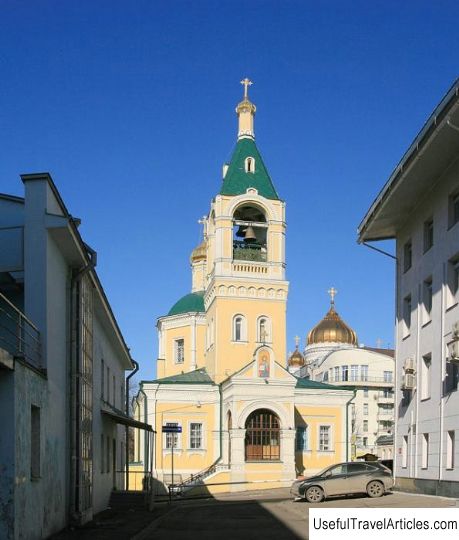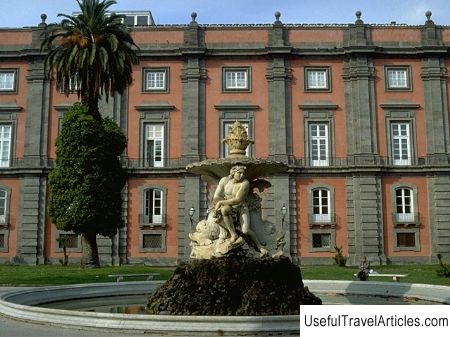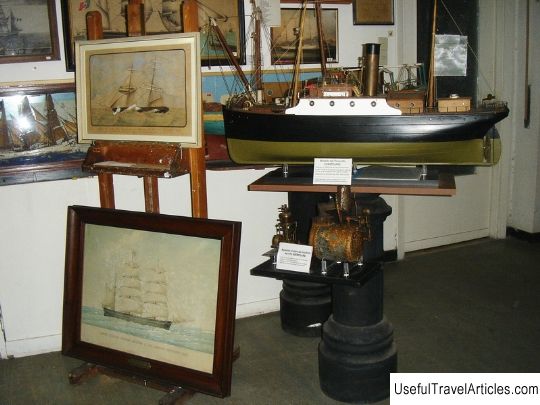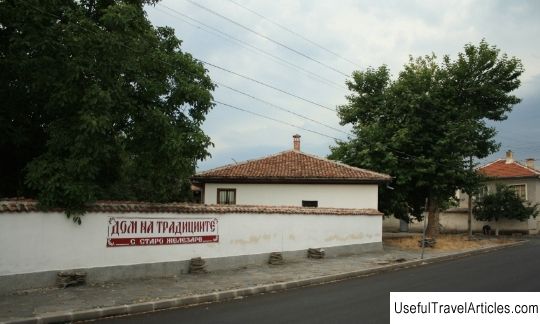Abbazia di San Fruttuoso di Capodimonte description and photos - Italy: Camogli
Rating: 7,9/10 (398 votes) 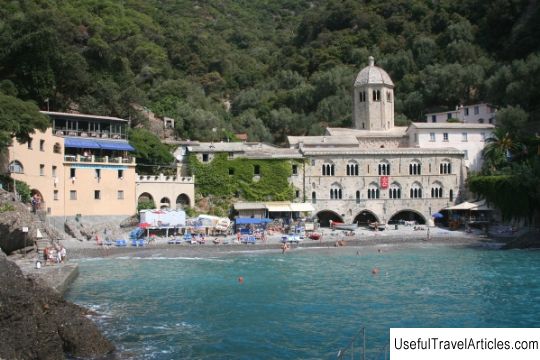
Abbazia di San Fruttuoso di Capodimonte description and photos - Italy: Camogli. Detailed information about the attraction. Description, photographs and a map showing the nearest significant objects. The title in English is Abbazia di San Fruttuoso di Capodimonte. Photo and descriptionThe Abbey of San Fruttuoso di Capodimonte is located in Capodimonte on the rugged coastline of Monte di Portofino. This small architectural gem has a long history and natural beauty complements the historical value of the abbey. The origin of the Abbey of San Fruttuoso is still surrounded by myths and legends. According to one version, it was built in the 8th century, when Prosperio, Bishop of Tarragona, fleeing from Arab pirates, fled Spain and took refuge in a small bay on the Ligurian coast, where he erected a church to store the relics of the great martyr Fruttuoso. The cult of the saint soon spread throughout Liguria and reached such proportions that he was recognized as the patron saint of sailors. Most of the present abbey dates from the 10-11th centuries, when it was rebuilt by order of the Empress Adelaide of Burgundy, widow of Otto I. In particular, the 10th-century Byzantine dome of the church built over an inexhaustible source became part of an octahedral tower. Since the 13th century, the history of San Fruttuoso has been closely intertwined with the history of the Doria family, according to whose will the old church was restored, and the construction of a religious complex with an arched loggia and two rows of vaulted windows began. As a token of gratitude, the monks gave the Doria family a crypt next to the lower cloister, which was turned into a family mausoleum - here you can still see white marble tombstones dating back to 1275-1305. In 1467, after the death of the abbot, the Benedictine monks left the monastery, which was the beginning of the decline of the abbey. In the following centuries, numerous renovations changed the external and internal appearance of the church, which lost its gothic vaulted windows. The monastery was adapted for housing for peasants. Moreover, a new one was built over the old cloister. In 1915, as a result of flooding, part of the church collapsed, and from the sediments of the overflowing river right in front of the abbey, a beach was formed. In 1933, restoration work began, the task of which was to eliminate the consequences of that flood and restore the original structure of the complex. Thus began a new period of heyday for San Fruttuoso. Another restoration took place in 1985-89, when the cloister, the abbey, the graves of the Doria family and the chapter house were returned to their original appearance. The old Romanesque cloister on the ground floor of the abbey can be accessed from the garden. The shape of its round arches with double archivolts follows the shape of the arches on the facade. The upper cloister was built in the 12th century and was almost completely rebuilt in the 16th century by the will of Admiral Andrea Doria. One of its columns dates from the 2nd century AD. the rest are typically Romanesque. Recent restoration work on two floors of the 13th century abbey has restored the original Romanesque structure. This part of the religious complex now houses a museum that houses historical documents, cutlery and pots that were used by monks in the 13-15th centuries. The earthenware has a variety of origins - Ligurian, Southern Italian and even Islamic - and has been found in storage. It is worth paying attention to the Torre Doria tower, which was built in 1562 by the heirs of Admiral Andrea Doria - Giovanni, Andrea and Pagano. A staircase leads to it on the side of the road. On both facades of the tower, facing the sea, you can see the coat of arms of the Doria family - the two-headed eagle. Two ancient legends are associated with the Abbey of San Fruttuoso. According to one of them, an angel (or Saint Fruttuoso himself) appeared to the young priest Giustino, who accompanied Saint Prosperio on his escape from Spain. The angel said that he would lead him to a place protected by a large mountain, where a dragon lived in a cave. He also said that Giustino should not be afraid of the monster, because the relics of the great martyr would protect him. There, according to the angel, Giustino and Prosperio will find the source from which the church should be built. This "dragon legend" is extremely common among local fishermen. Another legend tells of separated lovers. According to her, on the night of St. John (June 24), the souls of all lovers, who by the will of fate were separated from each other, meet on the Monte di Portofino mountain at the intersection of four roads. The same night is the only time when you can collect the magic "oak bark oil". And at the bottom of the bay, on the shore of which the abbey stands, at a depth of 17 meters in 1954, a statue of the Christ of the Abyss was erected, today attracting hundreds of divers.          We also recommend reading Kenozersky National Park description and photos - Russia - North-West: Arkhangelsk Region Topic: Abbazia di San Fruttuoso di Capodimonte description and photos - Italy: Camogli. |
